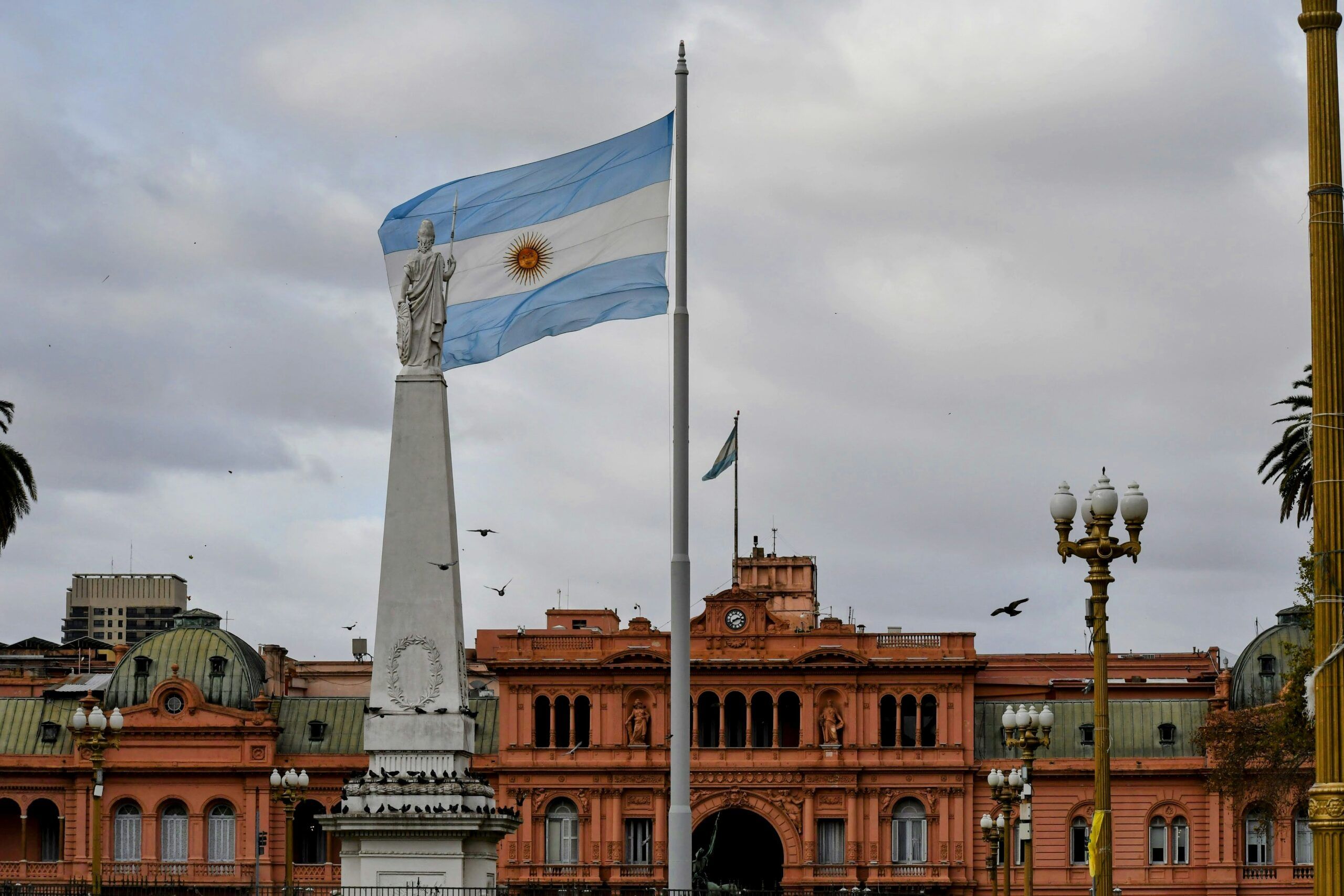In an update to our UBS (Union Bank of Switzerland) note in June of this year, the collapse of Credit Suisse in 2023 and its emergency takeover by UBS remains one of the most consequential events in recent financial history. Two years on, the Swiss government is moving decisively to prevent such a systemic crisis from recurring. At the heart of this effort lies a controversial proposal: requiring UBS to hold significantly more equity capital, potentially in the range of USD 20–30 billion, with particular focus on its sprawling foreign subsidiaries.
This initiative, if implemented, could reshape not only UBS’s balance sheet but also Switzerland’s position in the global financial landscape. It raises critical questions about systemic stability, competitiveness, and whether regulation is moving too far, too fast.
Why Switzerland Is Tightening the Screws
Switzerland’s reputation as a global banking hub rests on stability, prudence, and investor confidence. The sudden implosion of Credit Suisse challenged that reputation, exposing weaknesses in oversight, risk management, and contingency planning.
UBS’s government-brokered takeover prevented a financial panic, but it also created a new challenge: Switzerland now hosts one of the world’s largest “too big to fail” banks, whose balance sheet exceeds the country’s GDP by several multiples.
Regulators argue that requiring UBS to raise additional equity serves three goals:
1. Enhancing resilience – More equity capital provides a thicker buffer against losses, reducing the likelihood of taxpayer-funded rescues.
2. Protecting Swiss financial stability – With UBS dominating the domestic landscape, its failure would have systemic consequences for households, corporates, and the national economy.
3. Aligning with international reforms – post-2008, regulators worldwide have tightened capital rules. Switzerland, often stricter than its peers, wants to ensure it is not the weak link.
The Scale of the Proposal
Reports suggest that UBS could be required to raise between USD 20–30 billion in additional equity. To put this in context:
- UBS’s current Common Equity Tier 1 (CET1) ratio is already above international minimums.
- However, the Swiss government and FINMA want to impose additional requirements on the group’s international subsidiaries.
- The reasoning is that risks at overseas branches could, in a crisis, flow back to the Swiss parent, creating liabilities for the Swiss state.
By tightening the screws on foreign operations, Swiss authorities are signalling they want a greater safety margin across the entire UBS ecosystem, not just in its home market.
UBS’s Pushback
UBS executives have responded cautiously but firmly. The bank acknowledges the need for strong safeguards but warns that excessive capital burdens could undermine its competitiveness.
Key arguments from UBS include:
- Shareholder dilution – Raising tens of billions in equity could depress returns and shareholder value.
- Global competitiveness – If UBS is forced to hold more capital than peers such as JPMorgan or HSBC, it may be disadvantaged in international markets.
- Strategic risk – UBS has hinted it may consider relocating its headquarters outside Switzerland if regulation becomes too heavy-handed. While such a move is unlikely in the short term, even raising the possibility reflects the tension between the regulator and bank.
This tug-of-war highlights the delicate balance Switzerland must strike in protecting its financial system without driving away its crown jewel institution.
Lessons from Credit Suisse
The debate cannot be separated from the shadow of Credit Suisse. For years, Swiss authorities were criticised for not acting sooner on governance failures, risk scandals, and capital erosion at the bank. By the time the rescue was engineered, confidence was shattered.
Critics argue that if Credit Suisse had been required to hold more capital earlier, the collapse might have been mitigated or avoided. Proponents of the UBS reforms frame them as a direct lesson learned: act before the cracks widen, not after.
However, opponents counter that Credit Suisse’s downfall was primarily about governance and trust, not raw capital levels. Simply piling more equity onto UBS, they say, risks addressing the wrong problem.
Broader Implications for Switzerland
1. Competitiveness of the Swiss Financial Centre
Switzerland thrives on being a global wealth and asset management hub. If regulation is seen as disproportionate, wealthy clients and financial institutions might seek friendlier jurisdictions—Singapore, Luxembourg, or even London.
2. Investor Confidence
On the flip side, stronger capital buffers may enhance Switzerland’s reputation for safety, making UBS and the Swiss financial centre more attractive for conservative investors seeking stability.
3. Geopolitical Dimensions
UBS’s global operations span the United States, Europe, and Asia. Stricter capital rules on foreign subsidiaries could strain cross-border relationships, especially if host regulators feel Switzerland is overstepping.
4. Moral Hazard vs. Market Discipline
Requiring more capital aims to prevent moral hazard—where banks take excessive risks knowing the state will bail them out. Yet markets may still assume that UBS, given its size, is “too big to fail,” regardless of how much capital it holds.
International Context
The UBS debate mirrors global conversations. After 2008, banks were forced to raise capital, shrink balance sheets, and simplify structures. But memories fade, and some regulators have since softened rules to encourage lending and growth.
Switzerland’s move goes against the grain, positioning it as one of the strictest jurisdictions. Other countries will watch closely: if UBS adapts without losing ground, it could set a precedent. If not, Switzerland risks being seen as overly punitive.
Meanwhile, discussions about central clearing, liquidity rules, and “living wills” for systemic banks continue in the U.S. and EU. The fate of UBS may influence how regulators elsewhere treat their own giants.
Strategic Options for UBS
Faced with these proposals, UBS has several possible paths:
1. Raise Equity Proactively – Issuing new shares or retaining earnings to meet requirements.
2. Restructure Subsidiaries – Streamlining international operations to reduce capital burdens.
3. Lobby for Phased Implementation – Negotiating with regulators for a gradual timeline.
4. Relocation Threats – Keeping the option of moving headquarters on the table as a bargaining chip.
Each option carries costs and risks. The bank’s management must weigh the benefits of compliance against the potential erosion of shareholder trust and strategic freedom.
What’s at Stake
The UBS capital debate is more than a technical matter of balance sheets. It strikes at the core of Switzerland’s identity as a financial hub. The country has long prided itself on stability, discretion, and competitiveness. Yet those values can come into conflict when global shocks demand tougher safeguards.
If Switzerland can strike the right balance, it may emerge stronger, with UBS positioned as the world’s safest global bank. If not, it risks alienating its largest institution and undermining the sector that is central to its economy.
Conclusion
The call for UBS to raise an additional USD 20–30 billion in equity capital underscores how deeply the Credit Suisse collapse has shaken Swiss regulators and policymakers. Stability and reputation are priceless in finance, and Switzerland is determined to protect both.
Yet the challenge lies in implementation. Too much pressure could handicap UBS in global competition or even push it to reconsider its Swiss base. Too little, and Switzerland risks repeating the mistakes that led to Credit Suisse’s downfall.
The debate will continue in parliament, boardrooms, and international forums. What is clear is that the world is watching Switzerland’s next move closely. In the post-Credit Suisse era, the stakes could not be higher.










